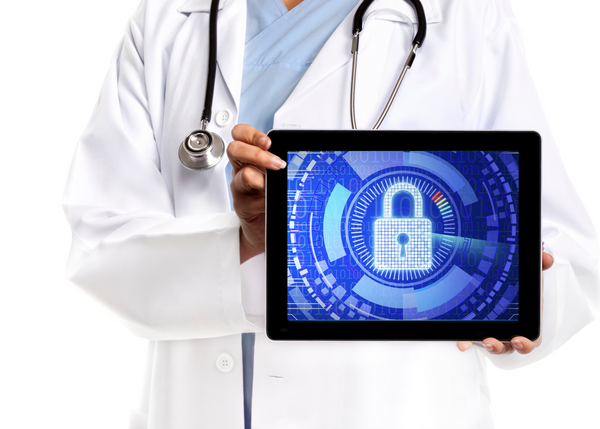On Nov. 25, 2022, the FBI, Cybersecurity and Infrastructure Security Agency (CISA), and Department of Health and Human Services (HHS) issued a joint alert warning of attacks directed by the Hive ransomware gang. The agencies say the attacks have victimized more than 1,300 organizations in critical infrastructure sectors — particularly healthcare and public health. Victims have made ransom payments of more than $100 million since June 2021.
Cybercrime targeting healthcare organizations has reached epidemic proportions. A recent study by research firm Vanson Bourne found that two-thirds of healthcare organizations suffered ransomware attacks in 2021 — almost twice the number in 2020.
Federal officials warn that ransomware its patients at risk by forcing hospitals to postpone appointments, cancel surgeries and close some units. Ambulances may be diverted to more distant facilities, delaying access to critical care.



